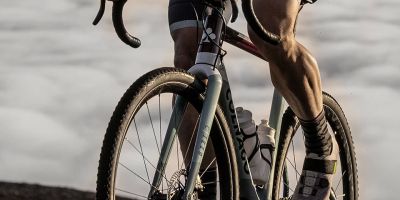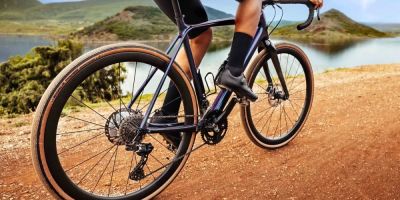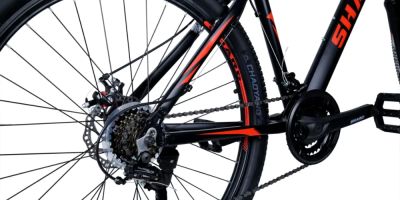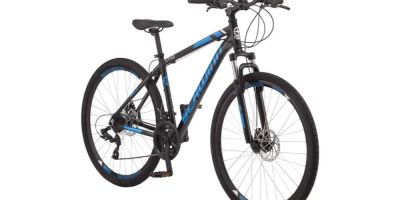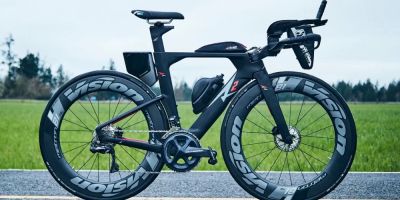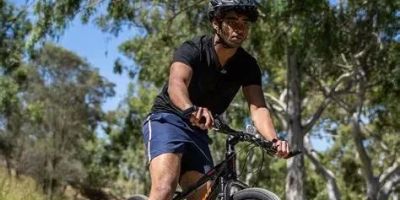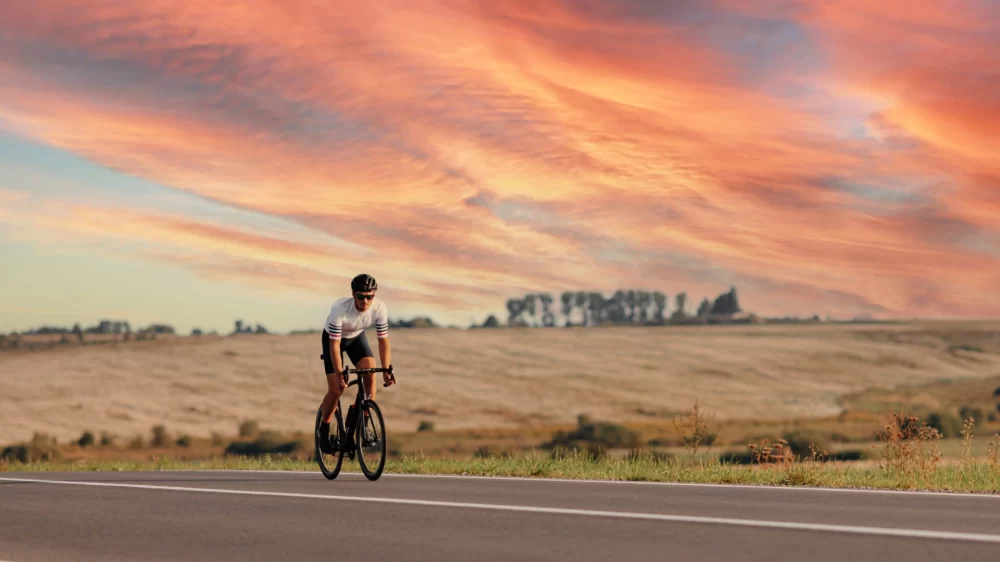
My Journey from Couch to Finish Line: Training for My First Cycling Event
It all started when I impulsively signed up for a 100km charity ride. I hadn’t been on a bike in months, and the farthest I’d ever ridden was a casual 20km along the river trail. Panic set in quickly—but so did motivation. What followed was a three-month transformation of my body, mindset, and lifestyle. Training for a cycling event isn’t just about logging miles; it’s about consistency, smart planning, and believing that you can do hard things. I’m here to walk you through how I trained for my event, what worked, what didn’t, and how you can prepare for your own ride—whether it’s a 25km local ride or a full century.

Adam Solar Rides
897 E Ingomar Rd, Allison Park, PA 15101, USA
1. Setting the Foundation: Build a Training Plan That Works
The first mistake I almost made was jumping straight into high-mileage rides. Luckily, a friend who’s a seasoned cyclist told me: “Train smart, not just hard.” That advice changed everything. I created a realistic 12-week plan that included a mix of long rides, interval sessions, recovery days, and strength training.
- Weekday Rides: 2–3 shorter rides (20–40 minutes) focusing on intervals, cadence drills, and climbing.
- Weekend Long Ride: One longer session each week, gradually increasing distance (starting from 30km up to 90km).
- Rest Days: At least one full day off each week—essential for avoiding burnout.
- Cross-Training: Once a week I’d hit the gym for strength work—core, glutes, and hamstrings were priorities.
2. Mastering Endurance: Building Distance Without Breaking Down
Endurance was my biggest hurdle. On my first 50km ride, I bonked hard around kilometer 38. My legs turned to jelly, my head throbbed, and I crawled home at a snail’s pace. After that, I focused on fueling and pacing better. Here’s what helped me push past those limits:
- Gradual Progression: Never increased my weekly long ride by more than 10–15%.
- Consistent Nutrition: I started eating something every 45 minutes—a banana, energy gel, or even peanut butter sandwiches.
- Hydration Routine: I sipped water every 10–15 minutes and used electrolyte tablets for longer rides.
- Pacing with Power: I used a heart rate monitor to keep my effort in check—no red zone too early!
3. Handling the Mental Game: Staying Motivated and Focused
Some mornings I just didn’t want to get on the bike. I had doubts, sore legs, and a loud inner critic. That’s when mental training kicked in. I started journaling my rides, celebrating small wins, and visualizing the finish line. One ride in week 8 stands out: it was raining, cold, and I wanted to quit after 10km—but I kept repeating to myself, “You’ve done harder things than this.” I finished the 70km that day with tears in my eyes and a heart full of pride.
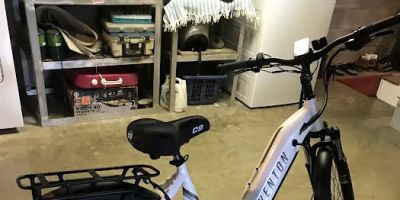
E-Rides
3230 Frankfort Ave, Louisville, KY 40206, USA
4. Fine-Tuning Your Gear: Don’t Let Equipment Be the Problem
About a month before the event, I upgraded to a better saddle and finally got a proper bike fit. The difference was night and day—no more numb hands or aching knees. I also learned to carry the essentials:
- Flat kit (tube, levers, CO2)
- Multitool
- Snacks and extra hydration
- Compact rain jacket (life-saver for surprise storms)
Doing a few practice rides with full gear helped me get used to the weight and ensured I knew how to fix a flat under pressure.
5. Race Week: Taper, Fuel, and Trust the Process
The week before the event, I reduced my training volume by about 40%. I still rode, but only short, easy spins to stay loose. I ate well—lots of carbs, lean protein, and hydration. On the night before the ride, I laid out my kit, pre-packed food, and double-checked everything twice.
That morning, I was nervous but excited. The months of training paid off. I had a steady pace, fueled regularly, and smiled more than I ever thought I would during a 100km ride. I crossed the finish line with tired legs and a full heart, knowing that preparation—not just willpower—got me there.
6. What I Wish I Knew Earlier
There are a few things I learned the hard way, and if you’re preparing for your first cycling event, these tips might save you some stress:
- Don’t ignore bike fit: Even minor adjustments can save you hours of discomfort.
- Train in all conditions: Weather won’t wait for race day—neither should your training.
- Practice eating on the bike: It’s harder than it looks. Unwrapping a granola bar at 30km/h takes practice!
- Rest is training too: Overtraining almost sidelined me. Listen to your body.
Now I look forward to cycling events like holidays. They’re a celebration of effort, community, and resilience. Whether you're doing your first 20km ride or gearing up for a full-distance gran fondo, your journey matters. Train smart, ride proud—and if you need help choosing the right bike, check out Healthy Cycling for expert advice and gear that fits your goals.

